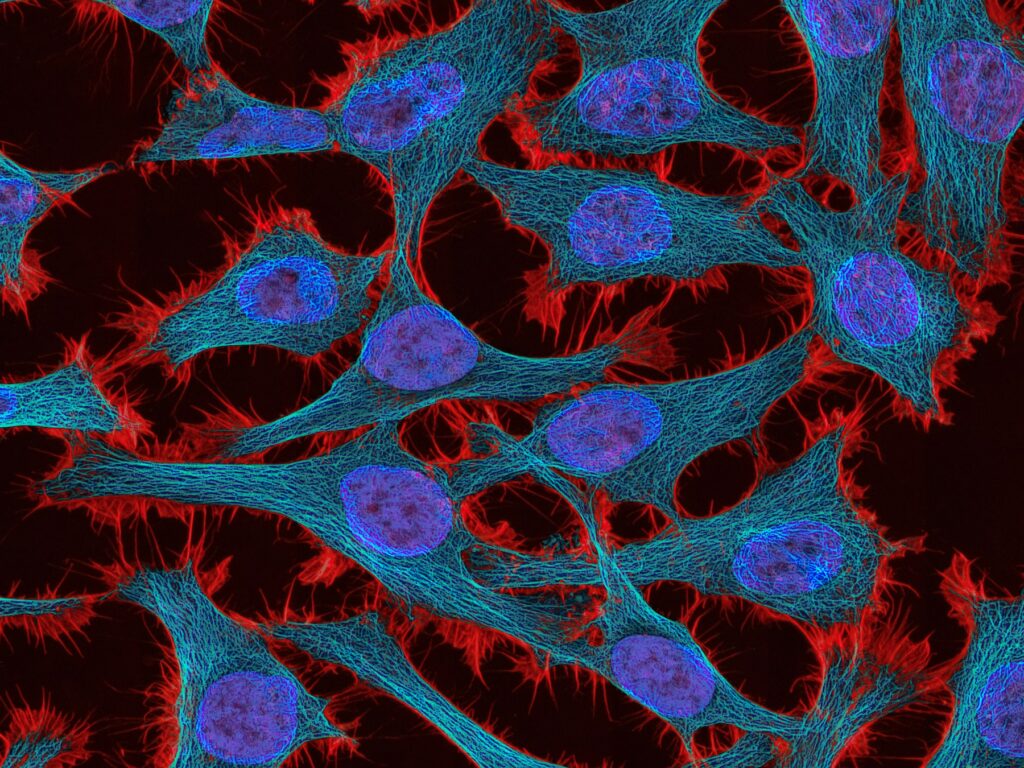The world of histopathology has been grappling with a scarcity of extensive data sets for quite some time now. In a game-changing development, a group of pioneering researchers has come up with a path-breaking solution known as QUILT-1M. This remarkable innovation stands as the largest vision-language histopathology dataset, significantly transforming the world of histopathology.
The uniqueness of QUILT-1M lies in its data sourcing process which leverages educational histopathology videos on YouTube. The genius behind this method rests on the idea of connecting a massive video-sharing platform, brimming with educational information, to the rapidly evolving field of histopathology.
The sheer magnitude of QUILT-1M is astounding. It consists of a whopping one million paired image-text samples, marking it as the biggest of its kind to date in the field. This vast resources pool not only offers unique data sources but also richly detailed descriptions from expert narrations within the videos. What’s more, it provides multiple sentences per image, ensuring a comprehensive understanding of the subject matter.
The curation process of QUILT-1M is indeed a remarkable blend of technology and human intellect. It utilizes a combination of models, algorithms, and human knowledge databases, further extending its reach to other data sources like Twitter, research papers, and PubMed.
When it comes to assessing the quality of the dataset, meticulous care has been put to monitor the ASR error rates, precision of language model corrections, and sub-pathology classification accuracy. All these checks and balances ensure the data’s robustness, precision, and reliability.
Interestingly, QUILT-1M has been found to outperform existing models, such as BiomedCLIP. This demonstrates its exceptional efficiency in tackling zero-shot, linear probing, and cross-modal retrieval tasks.
But that’s not all – an expansion of QUILT-1M, named QUILTNET, has taken things a notch higher. QUILTNET surpasses the out-of-domain CLIP baseline and top-tier histopathology models in 12 zero-shot tasks, covering an expansive range of eight different sub-pathologies.
This development is not just significant for computer scientists but also for histopathologists. With QUILT-1M’s unparalleled data size and accuracy, it becomes a revolutionary tool that can enhance diagnostic accuracy, deepen understanding, and facilitate research in the field.
For those interested in exploring this groundbreaking innovation further, the detailed paper, the project, and its GitHub page are available for a deep dive. The researchers behind QUILT-1M deserve immense credit for their work, and they also encourage tech enthusiasts and professionals to join various community platforms and contribute to this ever-evolving field.
With the remarkable QUILT-1M, the field of histopathology is poised for significant transformation. Its unique methodology, diverse data sources, and meticulous curation process make it a shining beacon of progress in this critical scientific discipline.


![The ‘Giveaway Piggy Back Scam’ In Full Swing [2022]](https://www.cjco.com.au/wp-content/uploads/pexels-nataliya-vaitkevich-7172791-1-scaled-2-683x1024.jpg)

